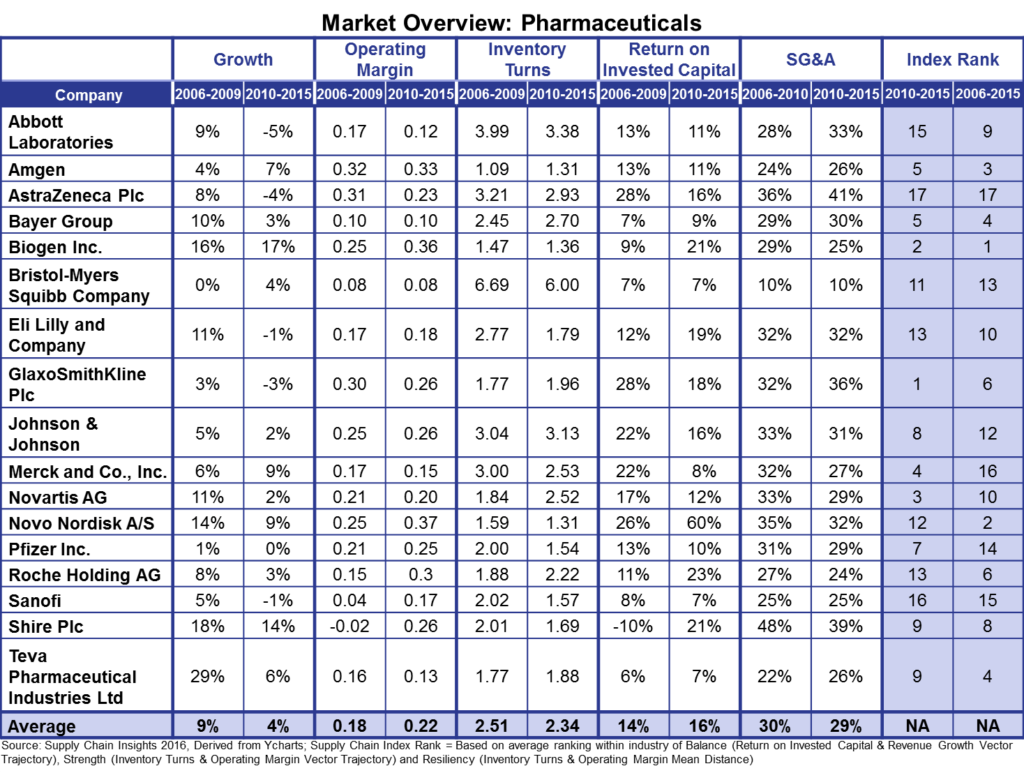Groundhog Day is celebrated on February 2. According to folklore, if it is cloudy when a Groundhog emerges fro m the burrow, then the forecast of an early spring is predicted. If it is sunny, and the groundhog sees his shadow, then the groundhog retreats back into the hole and the prediction is for winter weather to persist for six more weeks. It is a ritual. The largest Groundhog Day in the United States is in Punxsutawney, Pennsylvania, with Punxsutawney Phil.
m the burrow, then the forecast of an early spring is predicted. If it is sunny, and the groundhog sees his shadow, then the groundhog retreats back into the hole and the prediction is for winter weather to persist for six more weeks. It is a ritual. The largest Groundhog Day in the United States is in Punxsutawney, Pennsylvania, with Punxsutawney Phil.
One of my favorite movies is Groundhog Day. The plot of the movie is simple. Bill Murray plays the TV meteorologist Phil Connors and is caught in a time loop of ten years, waking up to cover the same story again and again. Each year he begrudgingly files his report before getting caught in a blizzard shutting down all travel. He relives Groundhog day for ten years. As the plot progresses he decides to take advantage of the situation with no fear of long-term consequences. He wakes up at six o’clock on the morning of February 2 with the clock radio on his nightstand playing “I Got You Babe” by Sonny & Cher. The antics–theft, seduction, and reckless behavior– make the movie memorable.
Supply Chain Groundhog Day
Last night the twitter feed was buzzing with pictures of the celebratory Supply Chain Top 25 dinner. As the pictures stream on the twitter feed I felt like I was watching the movie Groundhog Day and listening to Sonny and Cher sing on Bill Murray’s radio.
The Gartner Supply Chain Top 25 is now twelve years old. I have openly written about the issues with the Gartner Top 25 methodology. It is one of the reasons that I left Gartner in 2010. Fighting city hall is hard.
My greatest objection with the Gartner methodology is that only 5 of the 27 supply chains are driving improvement on the Supply Chain Metrics that have the highest correlation to Market Capitalization (Growth, Operating Margin, Inventory Turns, and Return on Invested Capital (ROIC)) and driving improvement on Price to Tangible Book Value. I believe that supply chain leaders need to drive value-based outcomes. Unfortunately, I believe the Gartner Top 25 has largely become a beauty contest. I think supply chain leaders need more.
A Different Approach
At Supply Chain Insights we are taking a more methodical approach. When full-year public data becomes available in April, we take each industry and analyze results over the period of 2006-2015. We analyze data for all public companies in 32 industries. We are currently doing correlations to our quantitative survey responses (over 6000 respondents) to understand which practices make the largest difference in driving Price to Tangible Book Value. This report will publish in July.
For each industry we publish an industry-specific report. Last week we published the results for the pharmaceutical and medical device industries. Becton, Dickinson and Company will make our Supply Chains to Admire list in September, but there will be no pharmaceutical company on the Supply Chains to Admire list even though Novo Nordisk and Biogen are making the most progress. Becton, Dickinson and Company was not considered in the Gartner Top 25 Methodology due to company size.
In contrast, J&J made the Gartner Top 25 list although they are underperforming on growth in both the pharmaceutical and medical device divisions, and they are not driving supply chain improvement (as measured by the Supply Chain Index) faster than the peer group. We believe supply chain excellence is driving improvement while averaging a higher level of performance in the Supply Chain Metrics That Matter.
Table 1. Pharmaceutical Ranking for the Supply Chains to Admire Analysis

Unfortunately there is no commonly-held definition of supply chain excellence. This is problematic for the supply chain leader. Understanding the methodologies is key to enable benchmarking.
In the Supply Chains to Admire methodology, we are taking a longer-term view focused on corporate performance within an industry. The methodologies are quite different. As of last year six companies have made two consecutive lists: Cisco Systems, Intel, L’Oreal, Nike, Samsung, and Walmart.
Table 2. Comparisons of the Two Methodologies

We would love to hear from you. Which methodology do you believe makes the most sense? We value your comments.
Where Can You Find Out More?

We are currently putting the finishing touches on the Supply Chain Insights Global Summit. (Registration is open for the first 125 participants. We limit the number of technology providers to 25% of the audience.) The conference will be live streamed as we discuss five themes:
- Financial Results. A critical look at supply chain processes impacting financial results through the Supply Chains to Admire research.
- Economic Vision of Supply Chain 2030. It is hard to know where we are going if we are not clear on the end state. Join us for a critical view of supply chain 2030 through the insights of leading economists.
- New Business Models. Making the Digital Pivot. Sit back and listen as companies share insights on the adoption of robotics, the Internet of Things, 3D printing, manless vehicles, new forms of analytics, and the emergence of new business models like Alibaba, Amazon, and Uber.
- Building Supply Chain Talent and Leadership. Insights on leadership, continuous improvement and talent development for emerging markets.
- Supply Chain 2030. Building Outside-In Processes. Experience the difference between traditional inside-out and new outside-in processes through the use of new forms of analytics.
About Lora:
 Lora Cecere is the Founder of Supply Chain Insights. She is trying to redefine the industry analyst model to make it friendlier and more useful for supply chain leaders. Lora has written the books Supply Chain Metrics That Matter and Bricks Matter, and is currently working on her third book, Leadership Matters. She also actively blogs on her Supply Chain Insights website, at the Supply Chain Shaman blog, and for Forbes. When not writing or running her company, Lora is training for a triathlon, taking classes for her DBA degree in research, knitting and quilting for her new granddaughter, and doing tendu(s) and Dégagé (s) to dome her feet for pointe work at the ballet barre. Lora thinks thinks that we are never too old to learn.
Lora Cecere is the Founder of Supply Chain Insights. She is trying to redefine the industry analyst model to make it friendlier and more useful for supply chain leaders. Lora has written the books Supply Chain Metrics That Matter and Bricks Matter, and is currently working on her third book, Leadership Matters. She also actively blogs on her Supply Chain Insights website, at the Supply Chain Shaman blog, and for Forbes. When not writing or running her company, Lora is training for a triathlon, taking classes for her DBA degree in research, knitting and quilting for her new granddaughter, and doing tendu(s) and Dégagé (s) to dome her feet for pointe work at the ballet barre. Lora thinks thinks that we are never too old to learn.







